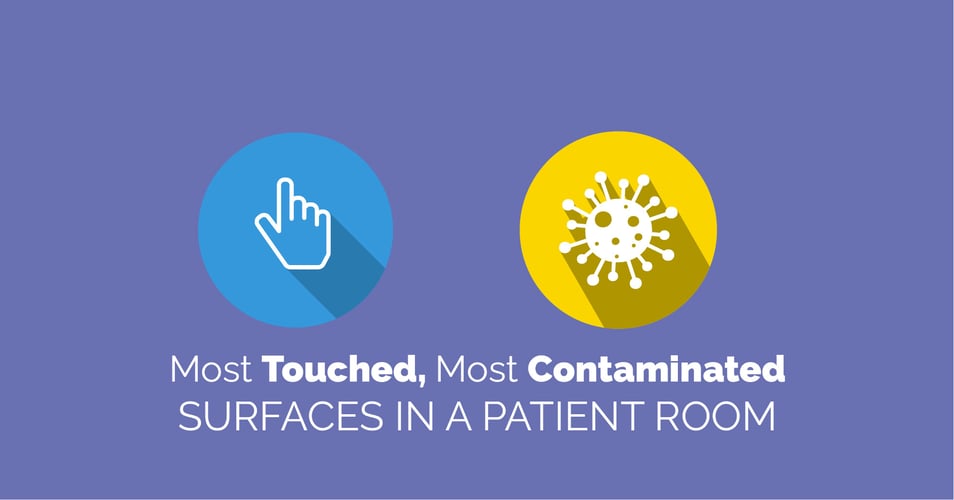2 min read.
Health Literacy and Infection Prevention
Health literacy is the ability to obtain, read, understand, and use healthcare information to make appropriate health decisions and follow...















